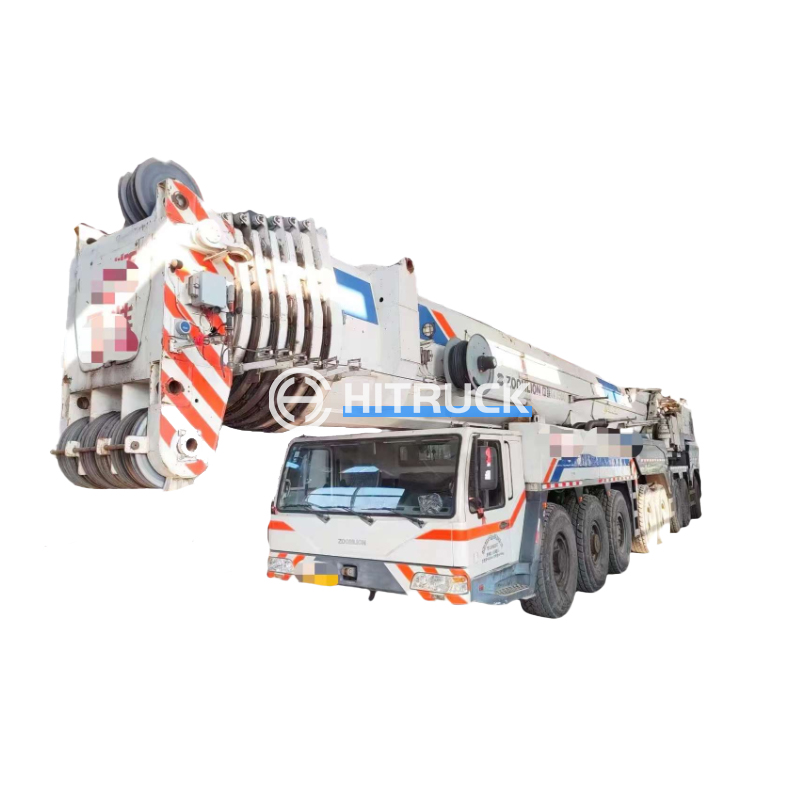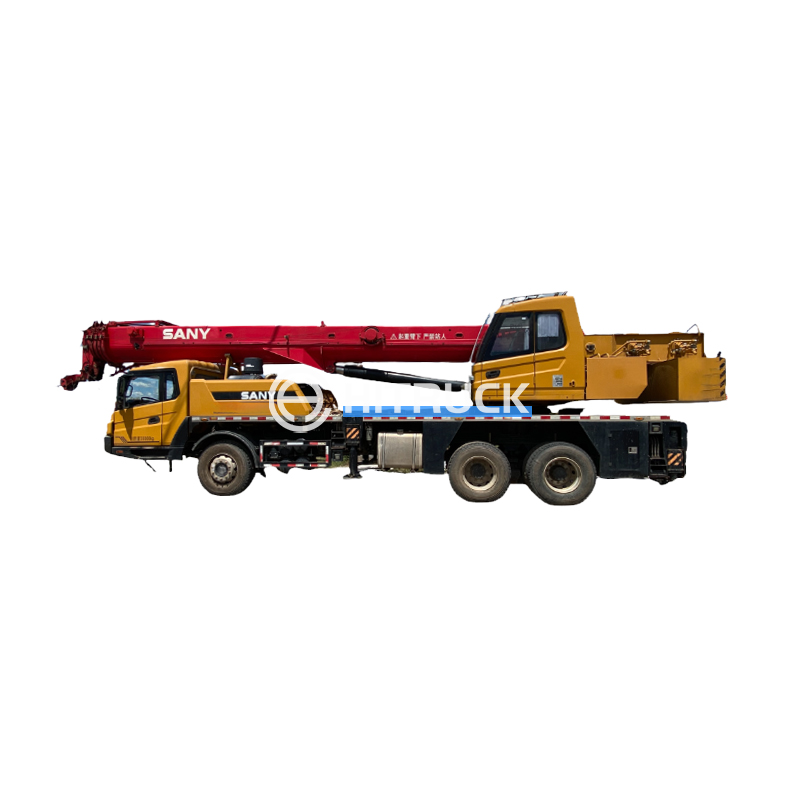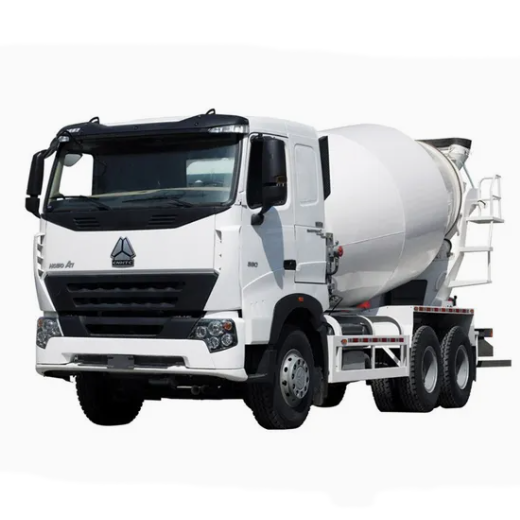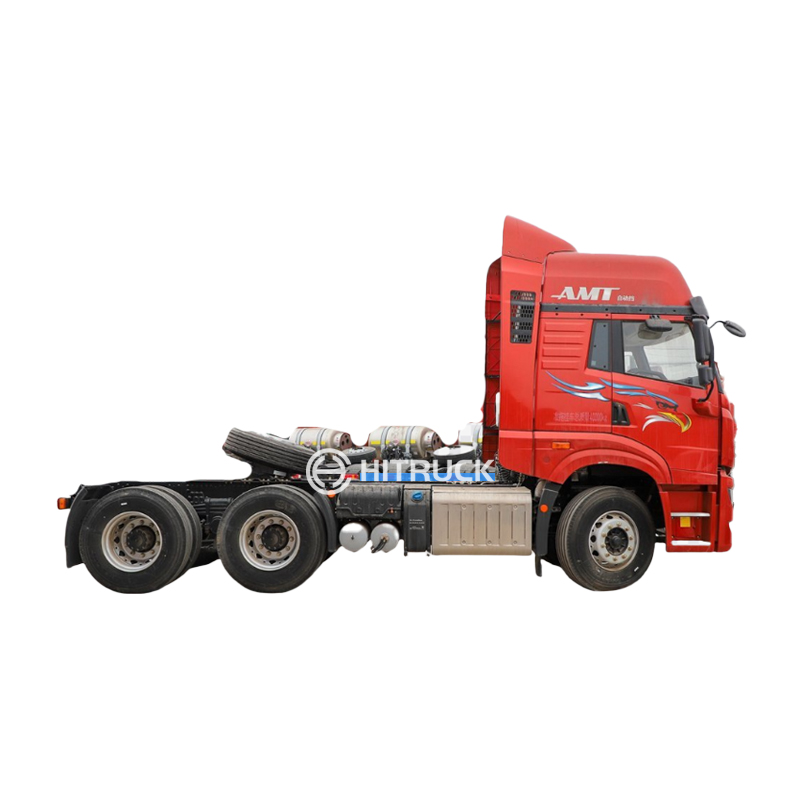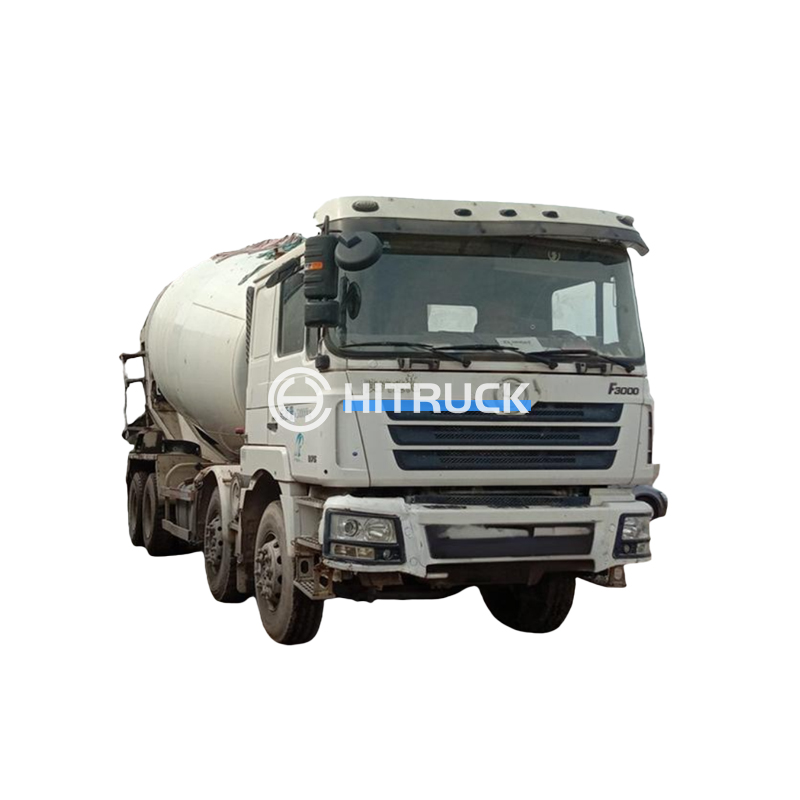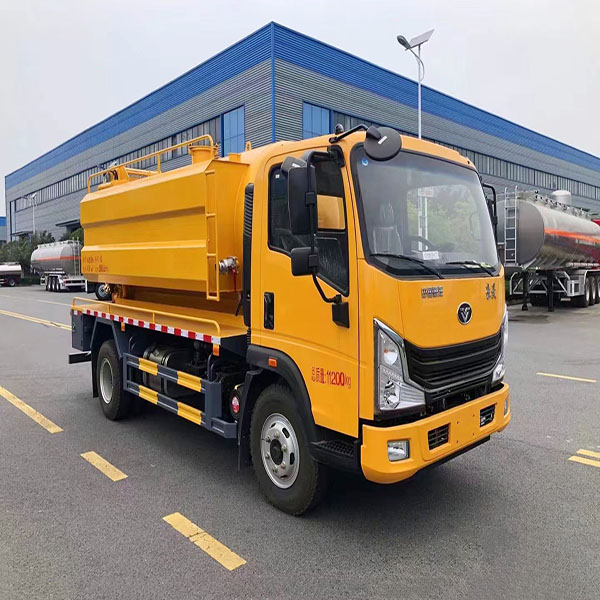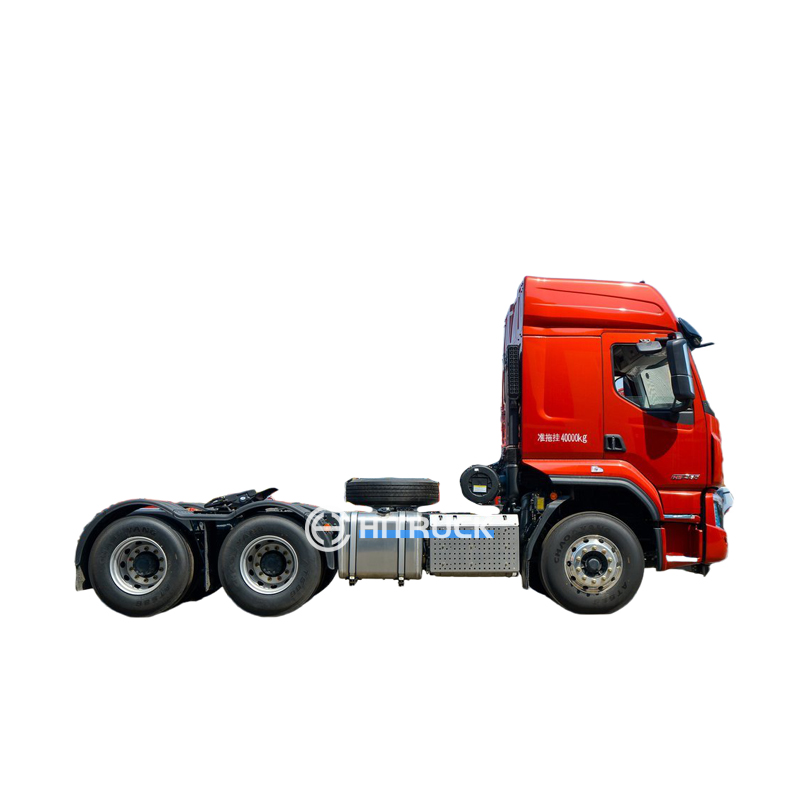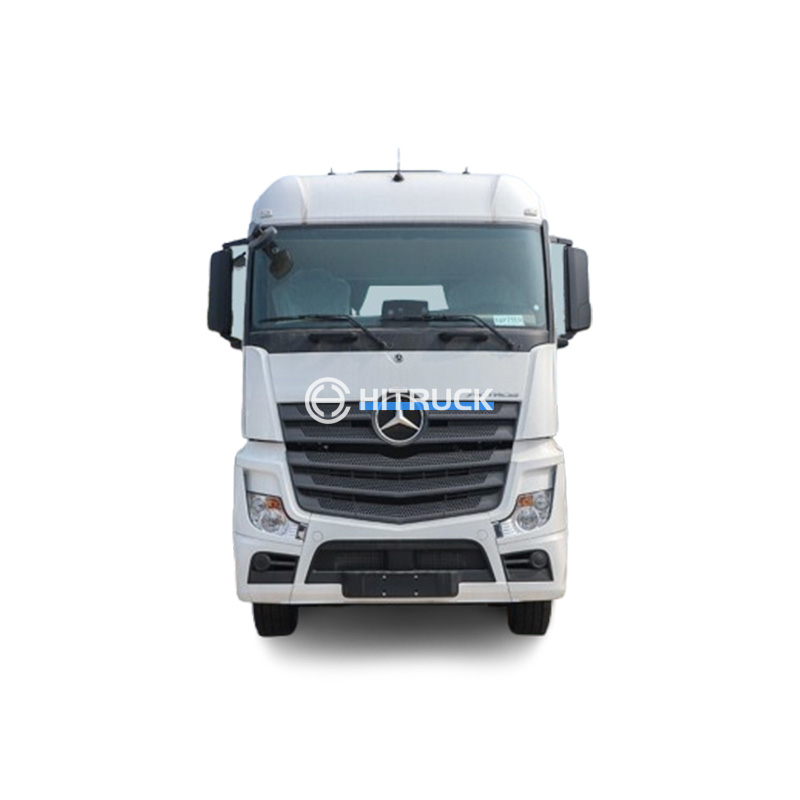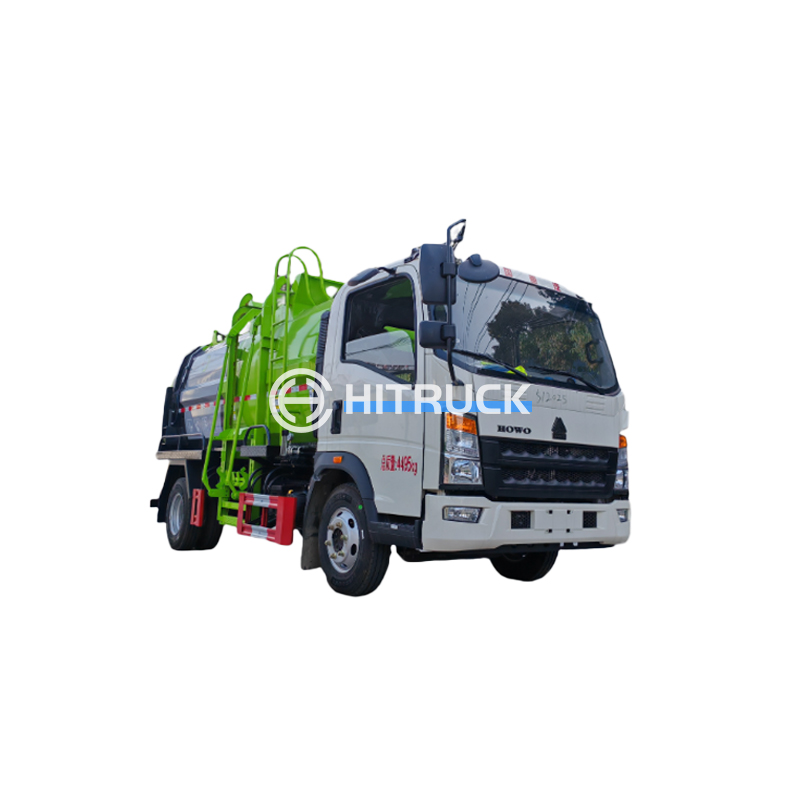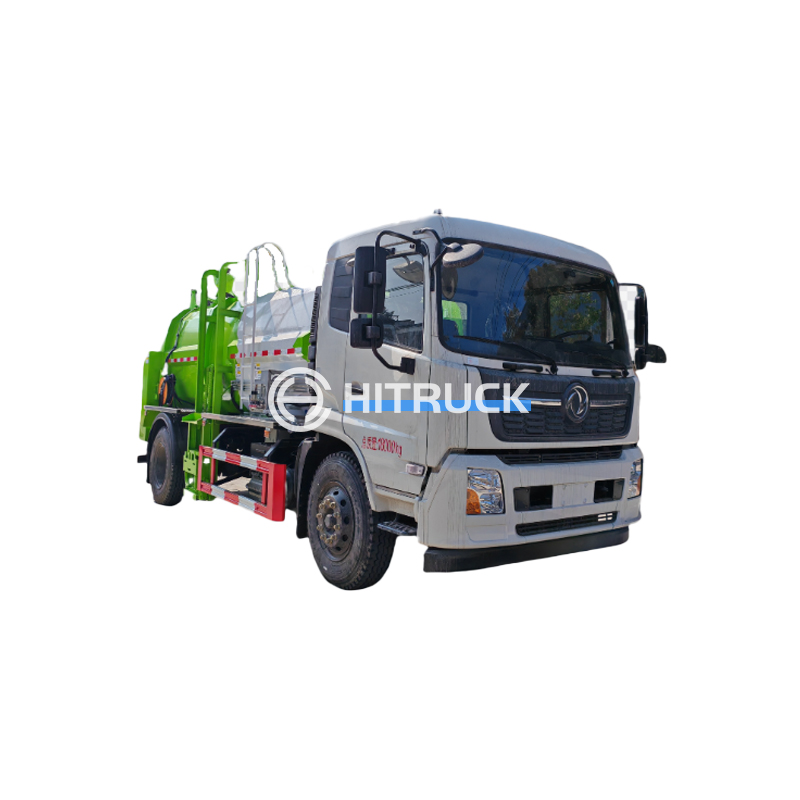This article clarifies the distinctions between fire trucks and fire engines, exploring their roles, equipment, and capabilities within the firefighting landscape. We'll delve into the specific functionalities of each vehicle, examining their unique contributions to emergency response and fire suppression.
A fire engine, often considered the cornerstone of a fire department's fleet, is primarily designed for firefighting operations. Its core function is to transport firefighters and essential equipment directly to the scene of a fire. This equipment typically includes water tanks, powerful pumps, hoses, and various hand tools needed for initial attack and suppression. The size and capacity of a fire engine can vary greatly depending on the specific needs of the fire department and the community it serves. Many feature advanced technology including thermal imaging cameras and sophisticated communication systems.
Key features often found on a fire engine include: a powerful pump capable of moving significant volumes of water, a large water tank for initial attack, a variety of hose sizes and nozzles for different fire scenarios, and compartments for carrying various tools and equipment. The pump's capacity is often measured in gallons per minute (GPM), indicating the rate at which it can deliver water. Larger fire engines may have significantly higher GPM capabilities.
The term fire truck is a more general term, often used interchangeably with fire engine in everyday language. However, in a technical sense, fire truck encompasses a broader category of vehicles used by fire departments. While a fire engine focuses primarily on fire suppression, a fire truck may include a wider array of specialized vehicles designed for different tasks. This could include aerial ladders (for reaching high points), rescue trucks (for extricating victims from accidents), or hazmat units (for handling hazardous materials).
Several types of fire trucks exist, each with a specific role: Aerial ladder trucks extend to significant heights, enabling firefighters to reach upper floors of buildings. Rescue trucks are equipped with specialized tools for vehicle extrication and technical rescue operations. Hazmat units are designed to safely handle hazardous materials spills or incidents. Some departments even utilize specialized fire trucks for wildland firefighting.
| Feature | Fire Engine | Fire Truck (General Term) |
|---|---|---|
| Primary Function | Fire Suppression | Varied - Suppression, Rescue, Hazmat, etc. |
| Equipment | Water tank, pump, hoses, hand tools | Depends on type; ladders, rescue equipment, hazmat gear, etc. |
| Size & Capacity | Varies, but generally focused on water capacity and pump power | Varies greatly depending on the specific type |
The choice between a fire engine and other types of fire trucks depends entirely on the specific requirements of the fire department and the community it serves. For information on purchasing fire apparatus, consider contacting a reputable supplier like Suizhou Haicang Automobile sales Co., LTD for further details on their offerings.
Remember, while the terms are often used interchangeably, understanding the nuances between a fire engine and a fire truck provides a clearer picture of the diverse roles these vehicles play in ensuring community safety.

